PGIM Real Estate first piloted Trendspek in 2020 on 40 York Street, Sydney – a 150-year-old heritage masonry building.
Inspecting the façade using manual methods, such as abseiling, presented challenges due to its height, no awning at street level, and CBD street exposure.
“In the past, we would have had abseilers come down over the roof to conduct the inspection. In those situations, we’re relying on the human eye, meaning it is so easy to miss crucial defects," says Andrew Neary, Executive Director of PGIM Real Estate.
"We saw Trendspek as a way to inspect the façade much faster, more cost-effectively and with a more accurate result."
"Innovation is a massive way to create value for our investors, as is risk mitigation. When compared to competitors and the traditional approaches of inspection, Trendspek was miles ahead on time, cost and accuracy.”

%20(1).gif)


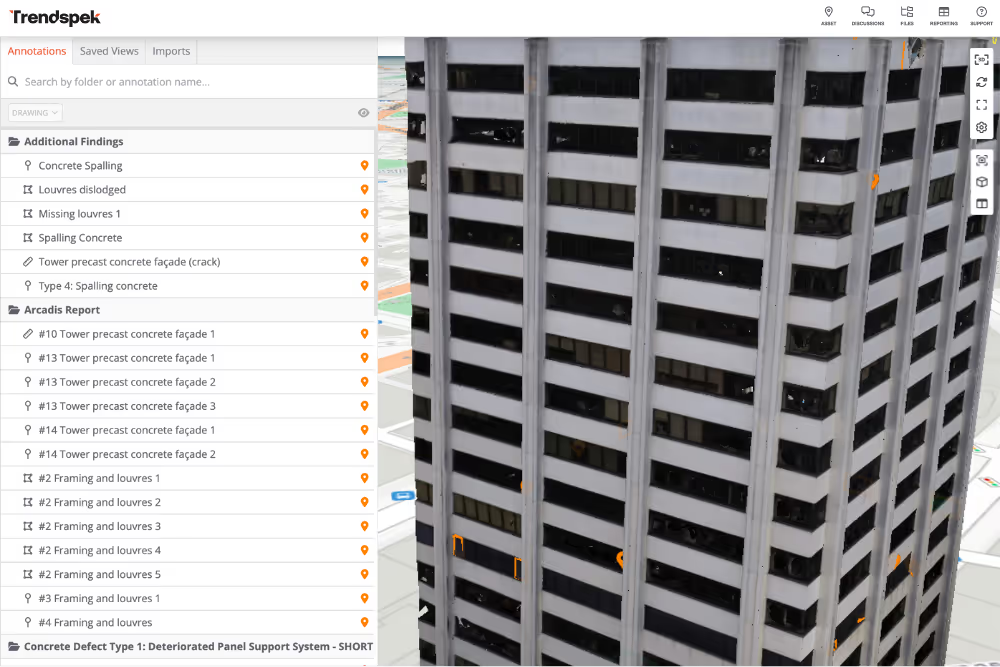
.gif)
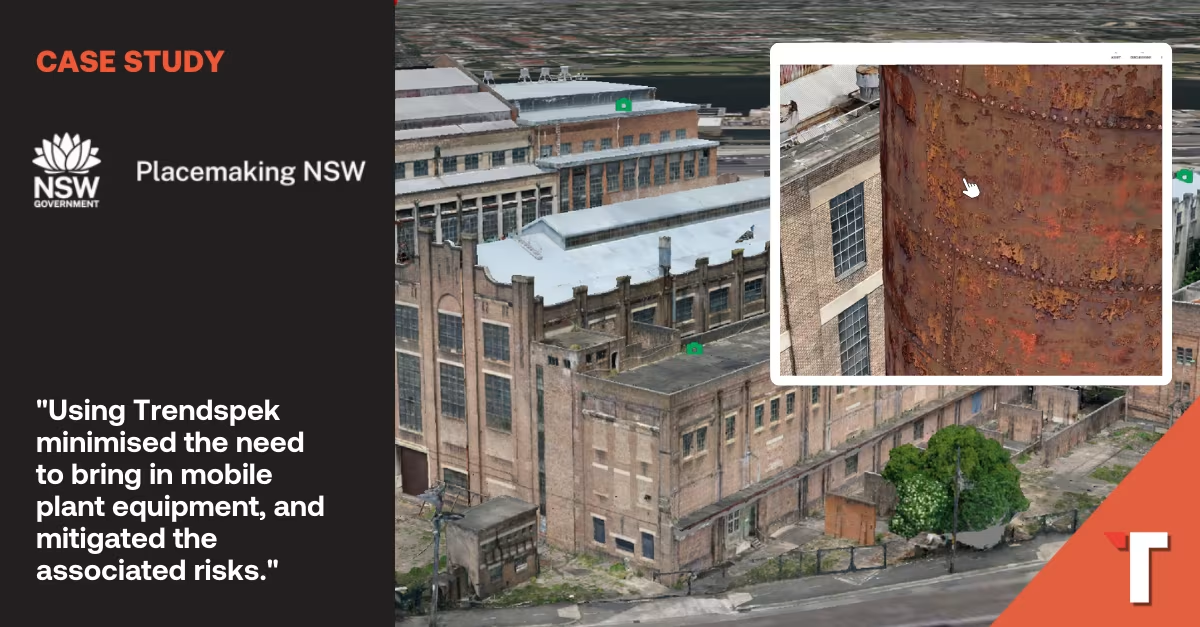

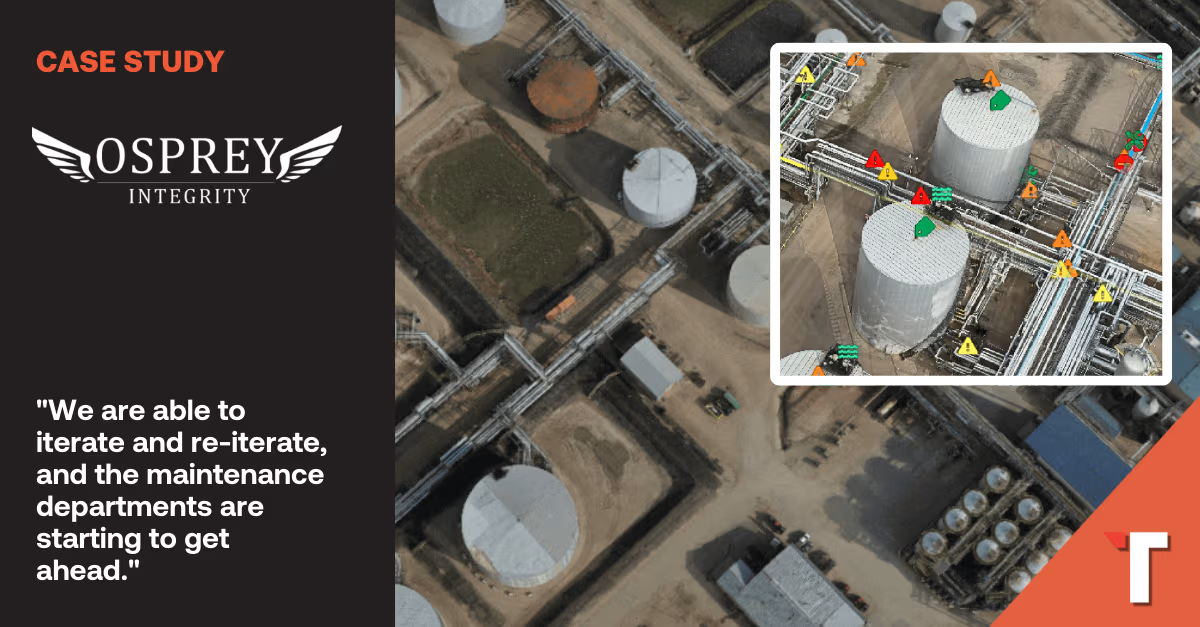

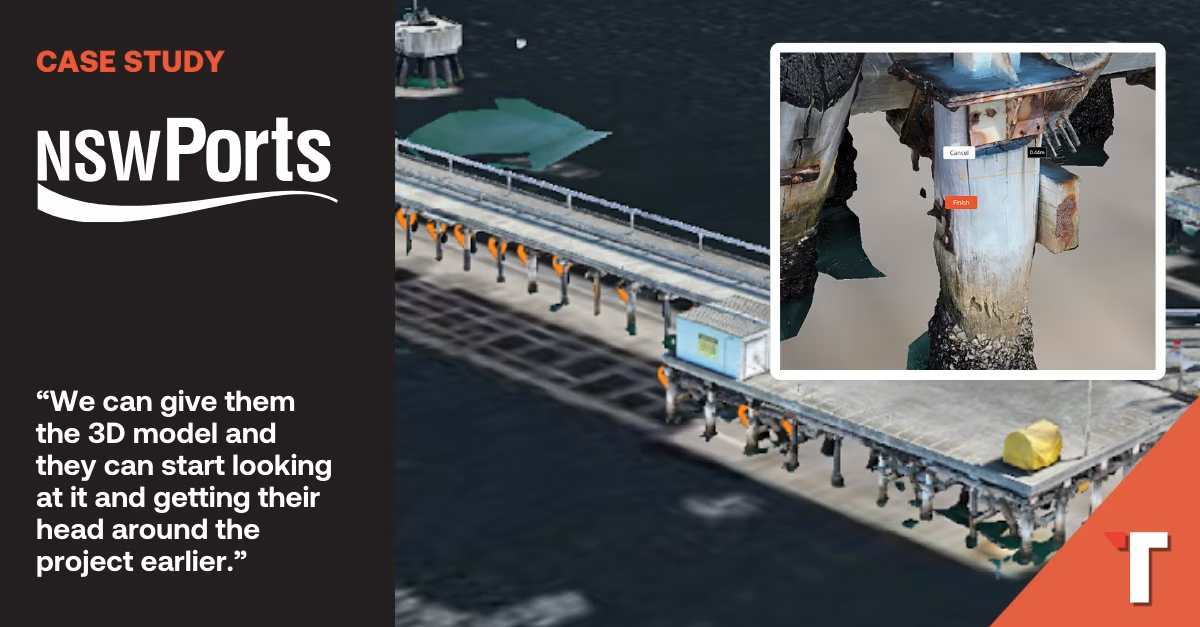
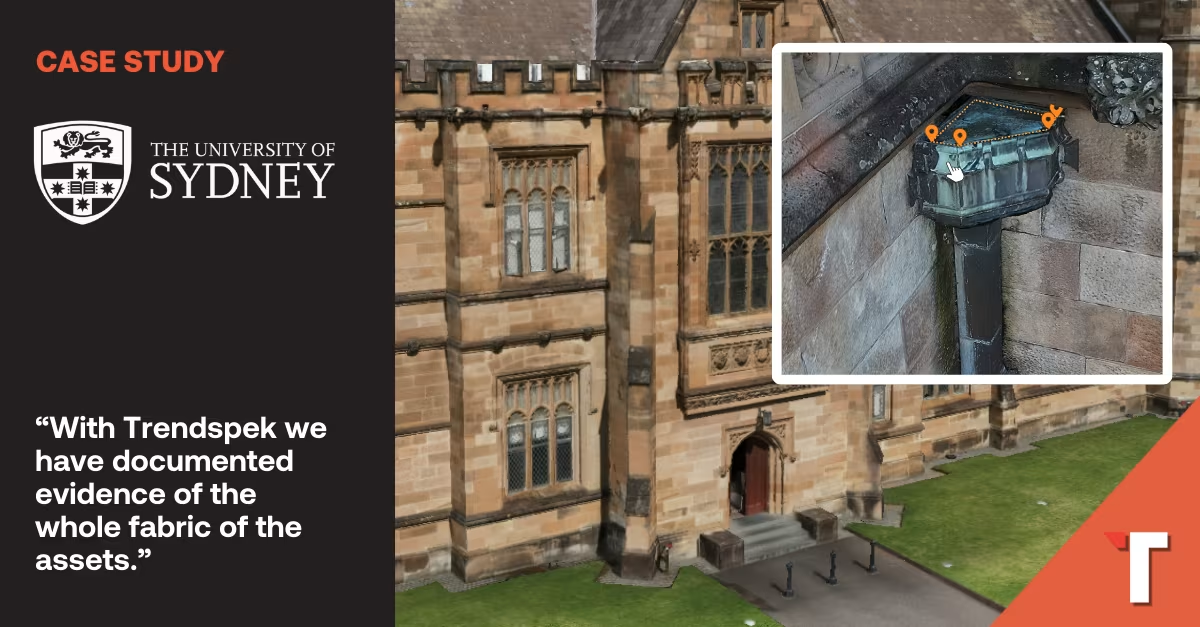
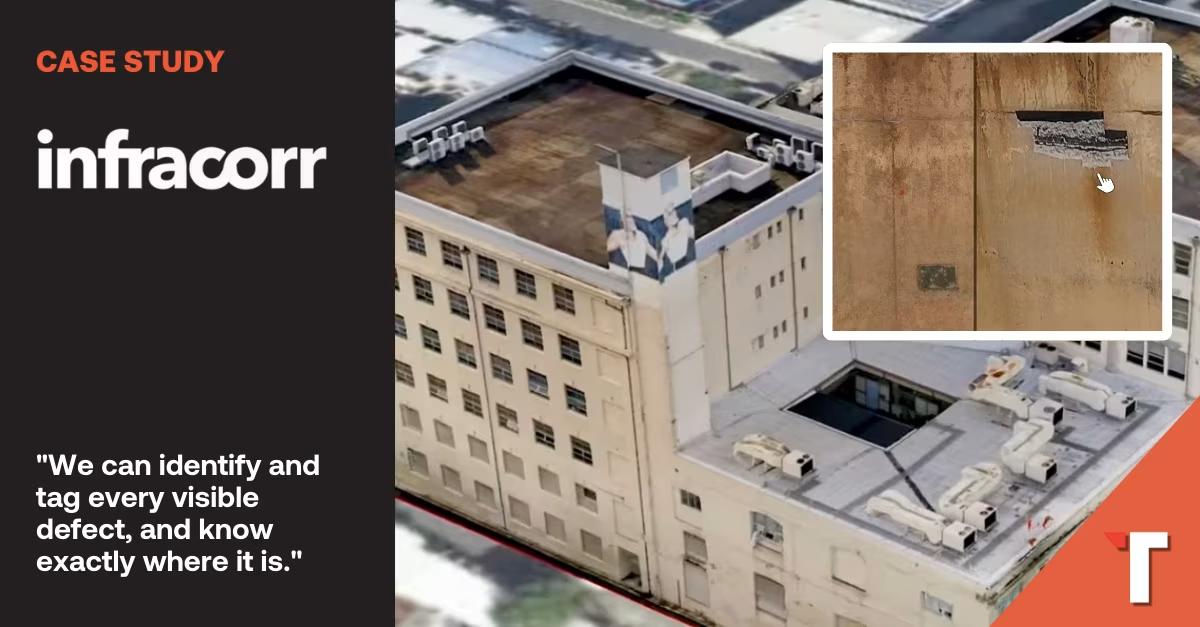

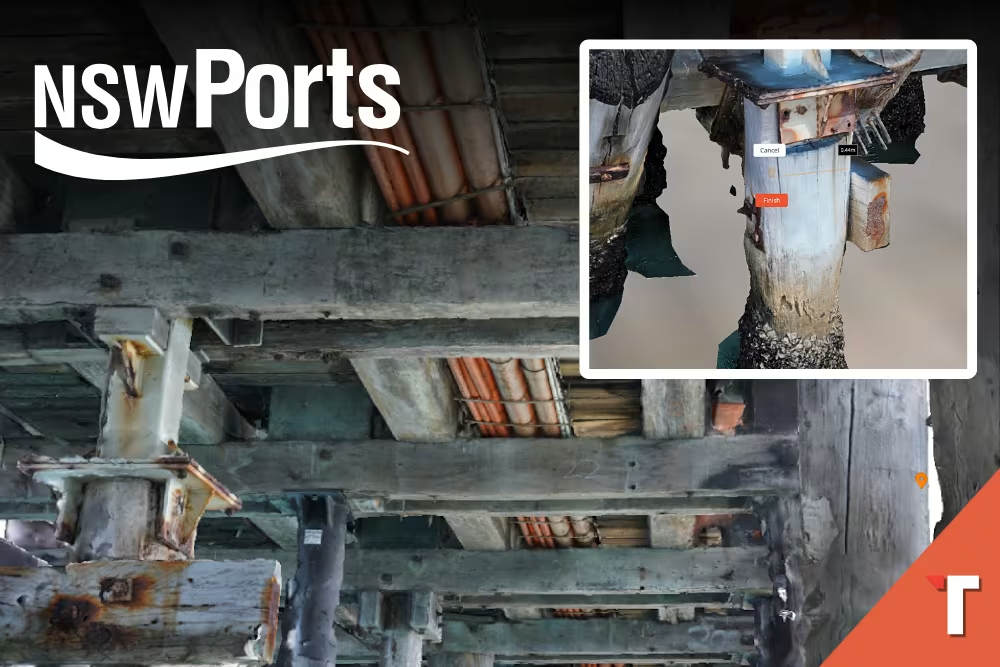
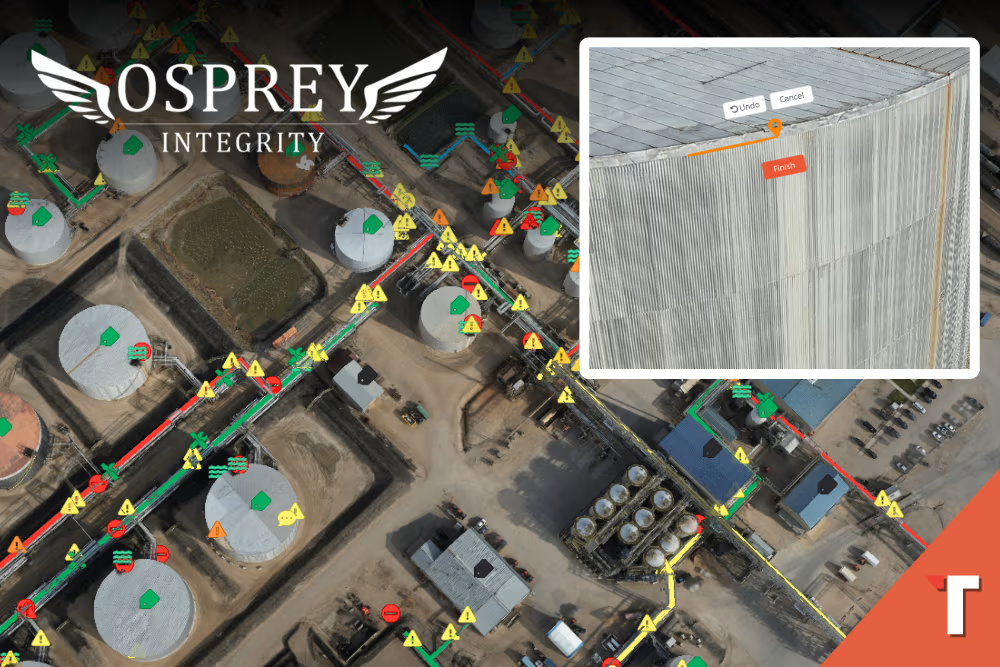
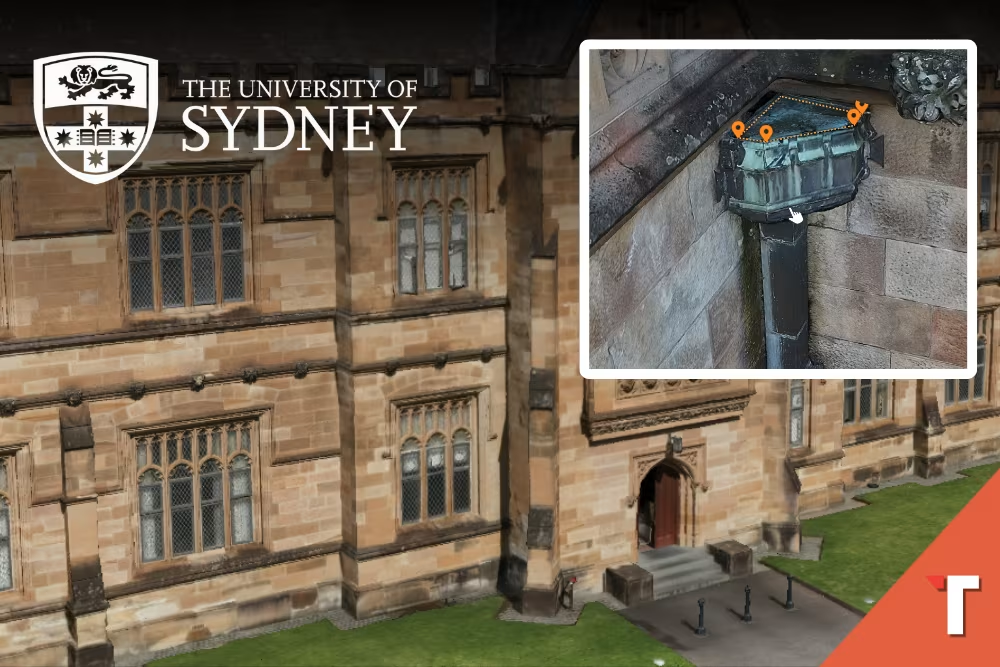
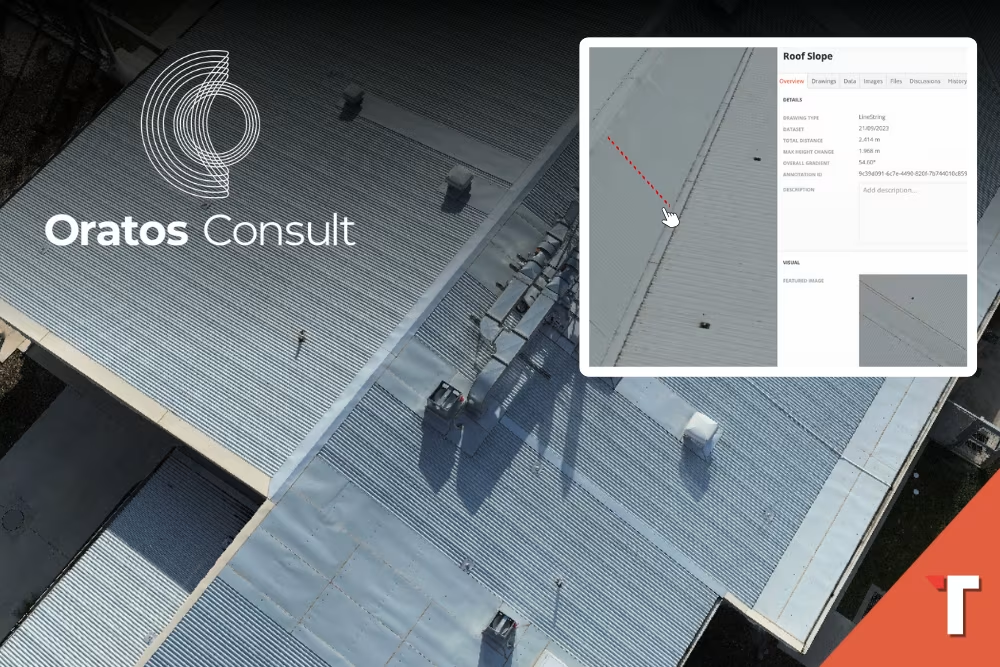
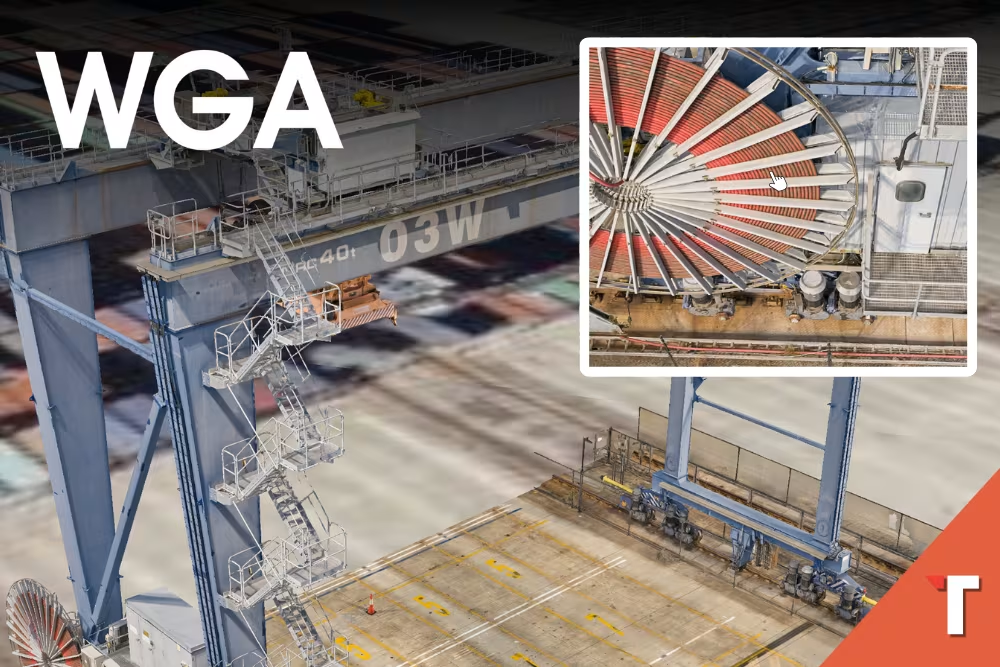
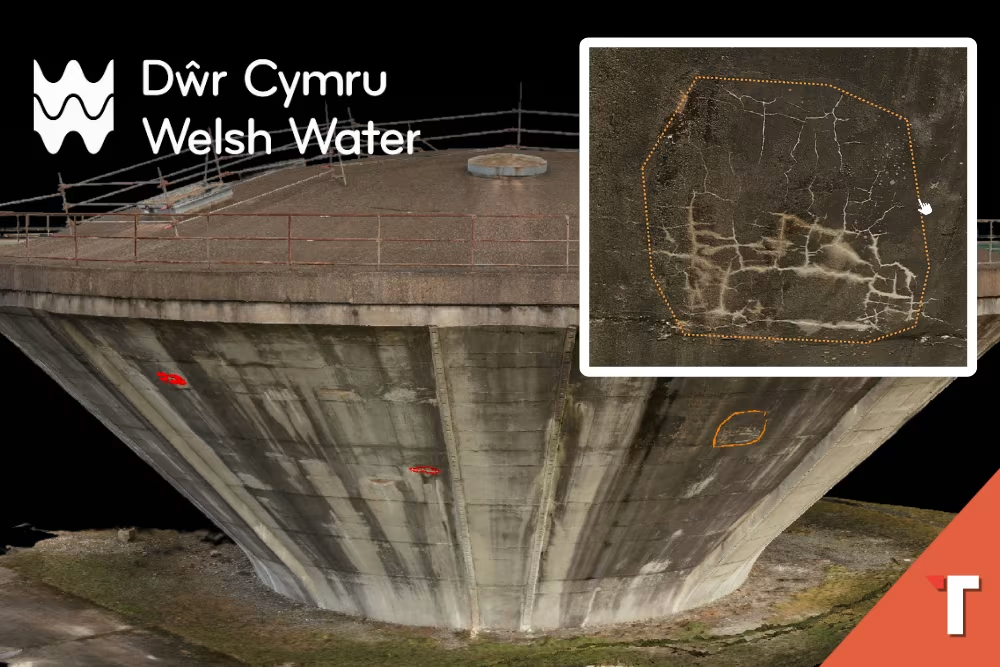

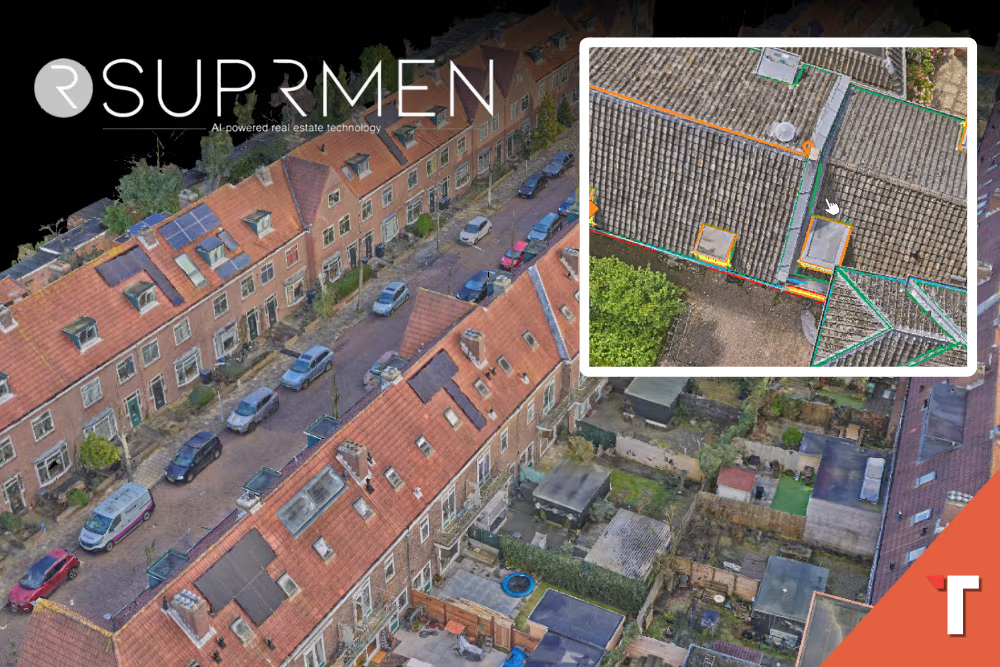


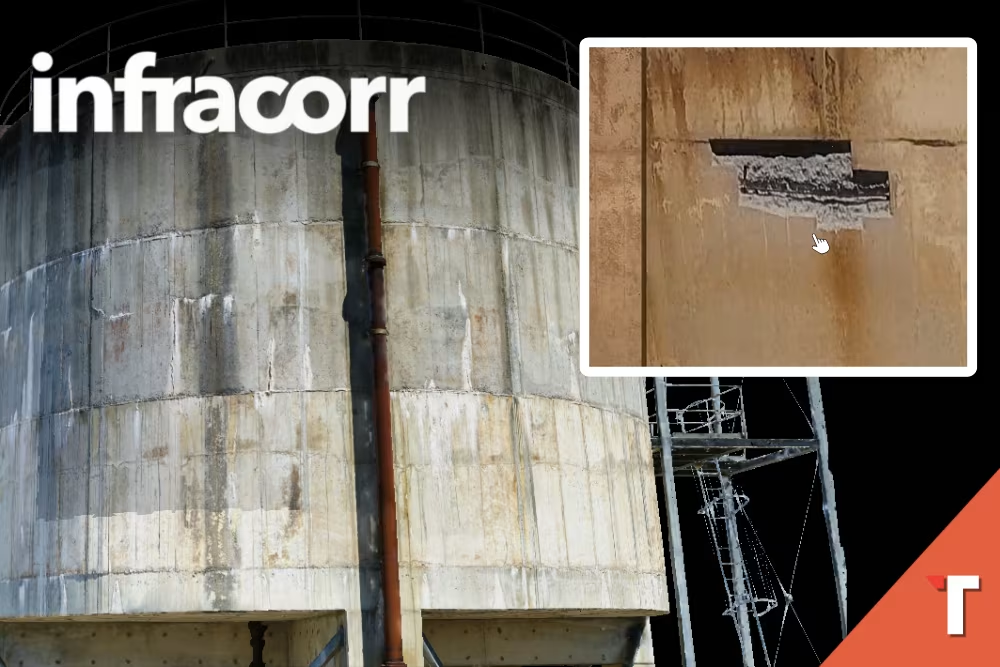


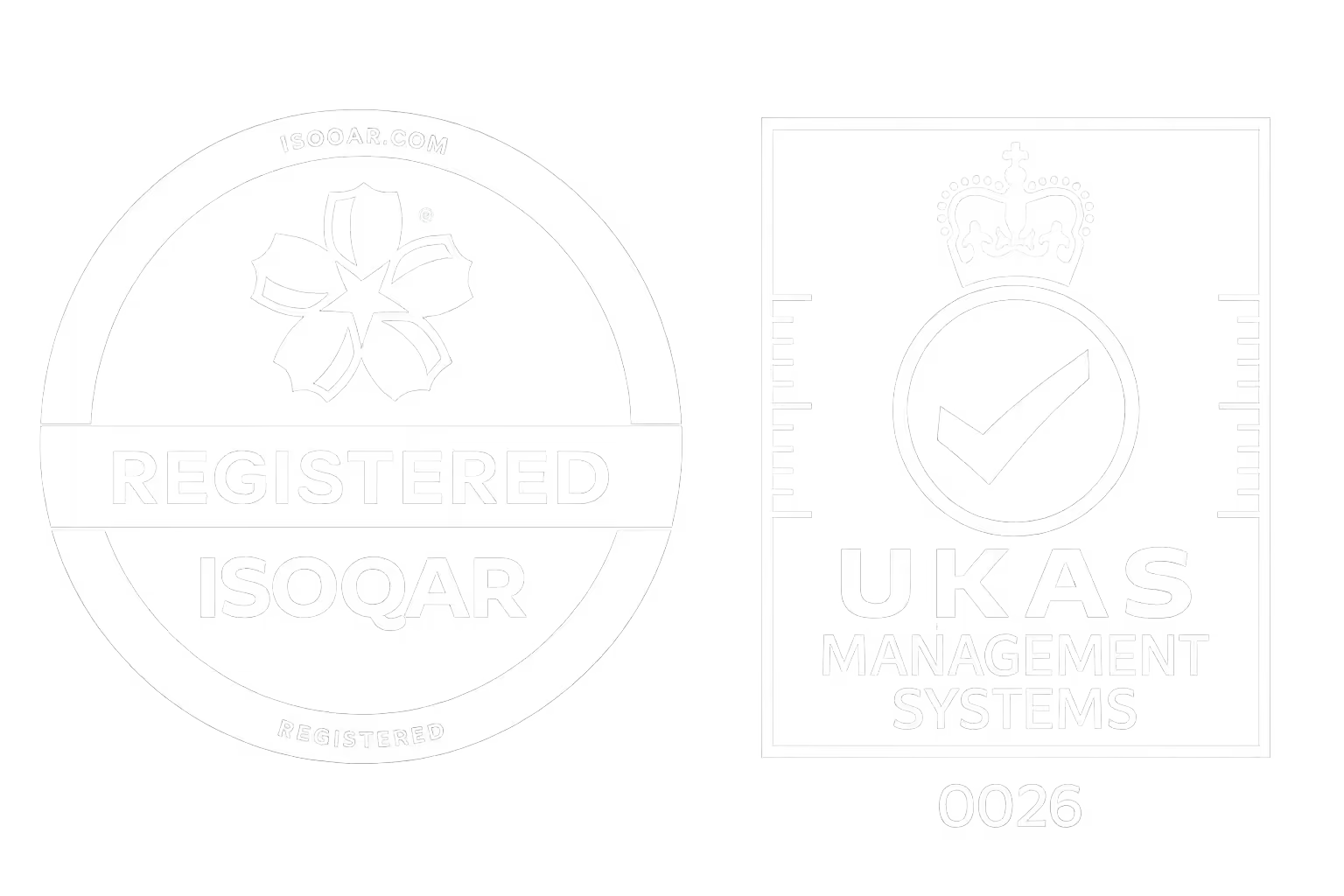

.svg)
